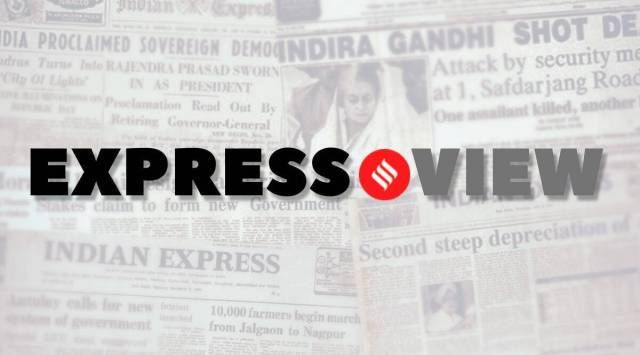
What do Groucho Marx and the subscribers of X (formerly known as Twitter) have in common? The comedian said: “I refuse to join any club that would have me as a member”. Subscribers of X are giving the same impression, vis a vis the latest feature which allows them to hide the blue checkmark that signals their status. This new feature was introduced because what was once a much-coveted status symbol — the verification badge — has become an object of ridicule. Embarrassment, it would appear, now comes in a particular shade of blue.
Part of the reason for the devaluation of the blue checkmark is the relentless mockery that Musk’s attempts to monetise the platform invited, especially from celebrity users such as writer Stephen King and actor William Shatner. Worse, the monetisation plan, even with the verification badge thrown into the subscription mix, hasn’t come close to solving X’s financial woes. Far fewer users than expected are interested in paying even as little as $8 a month for something that they once had for free. What the blue tick debacle shows is that a poor understanding of human psychology can bedevil even the most ingenious of billionaires — as Groucho, therapists across the world and anyone who has ever dated could have easily told Musk, nobody wants what they can have easily.